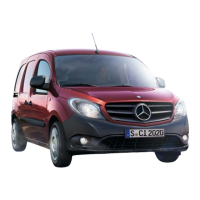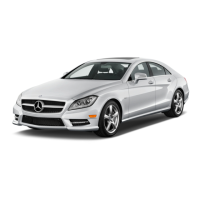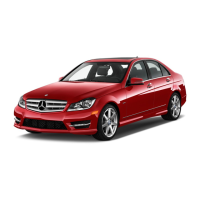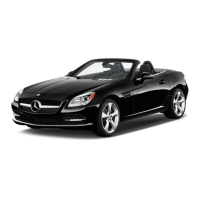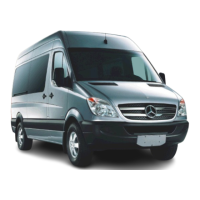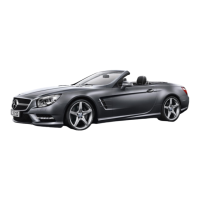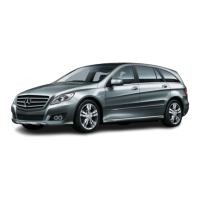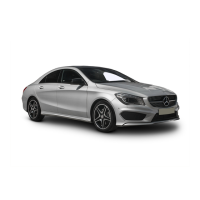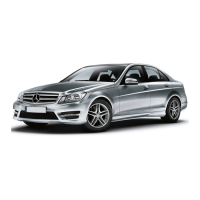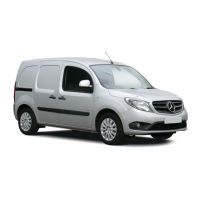
Do you have a question about the Mercedes-Benz Citan 2012 and is the answer not in the manual?
| Brand | Mercedes-Benz |
|---|---|
| Model | Citan 2012 |
| Category | Automobile |
| Language | English |
Describes the distinctive front design, typical Mercedes appearance, and clear glass headlamps.
Details the rear end design with familiar Mercedes features, rear-end doors or liftgate, and rear lamps.
Describes the Citan's silhouette and its downward slope towards the front.
Describes asymmetrical rear-end doors with 90°/180° locking points, and sliding doors with window options.
Details flush-mounted glass, outside mirrors, and the wiper/washer system, including optional features.
Covers interior design, seat upholstery, colors, materials, and trim panels, emphasizing quality and functionality.
Lists standard and optional stowage compartments within the Citan's interior, including overhead, instrument panel, and door pockets.
Describes the flexible rear compartment arrangement, load securing features, and cargo area concepts.
Describes options for partition walls and load protection grilles to isolate the passenger compartment from cargo.
Introduces the Citan's integration into the extended maintenance strategy program.
Details service and maintenance intervals for oil, filters, and other components for OM607 and M200 engines.
Lists the oil, fuel, and coolant capacities for both diesel and gasoline engines.
Compares engine specifications, output, displacement, torque, and transmission for different Citan models.
Describes the OM607 1.5-liter, 4-cylinder diesel engine, its Common Rail injection, and design features.
Details the M200 1.2-liter, 4-cylinder gasoline engine, its low consumption, torque, and environmental characteristics.
Describes the brake system, including hand brake action, brake force control systems (ABS, BAS, EBD), and start-off assist.
Explains how ESP improves driving stability by evaluating sensor data and intervening in the brake system and engine management.
Outlines the holistic safety concept divided into four phases: safe driving, event of danger, accident, and after an accident.
Describes standard restraint systems like 3-point seat belts, emergency tensioning retractors, and seat belt reminder function.
Explains the function and placement of thorax sidebags and windowbags for enhanced side-impact protection.
